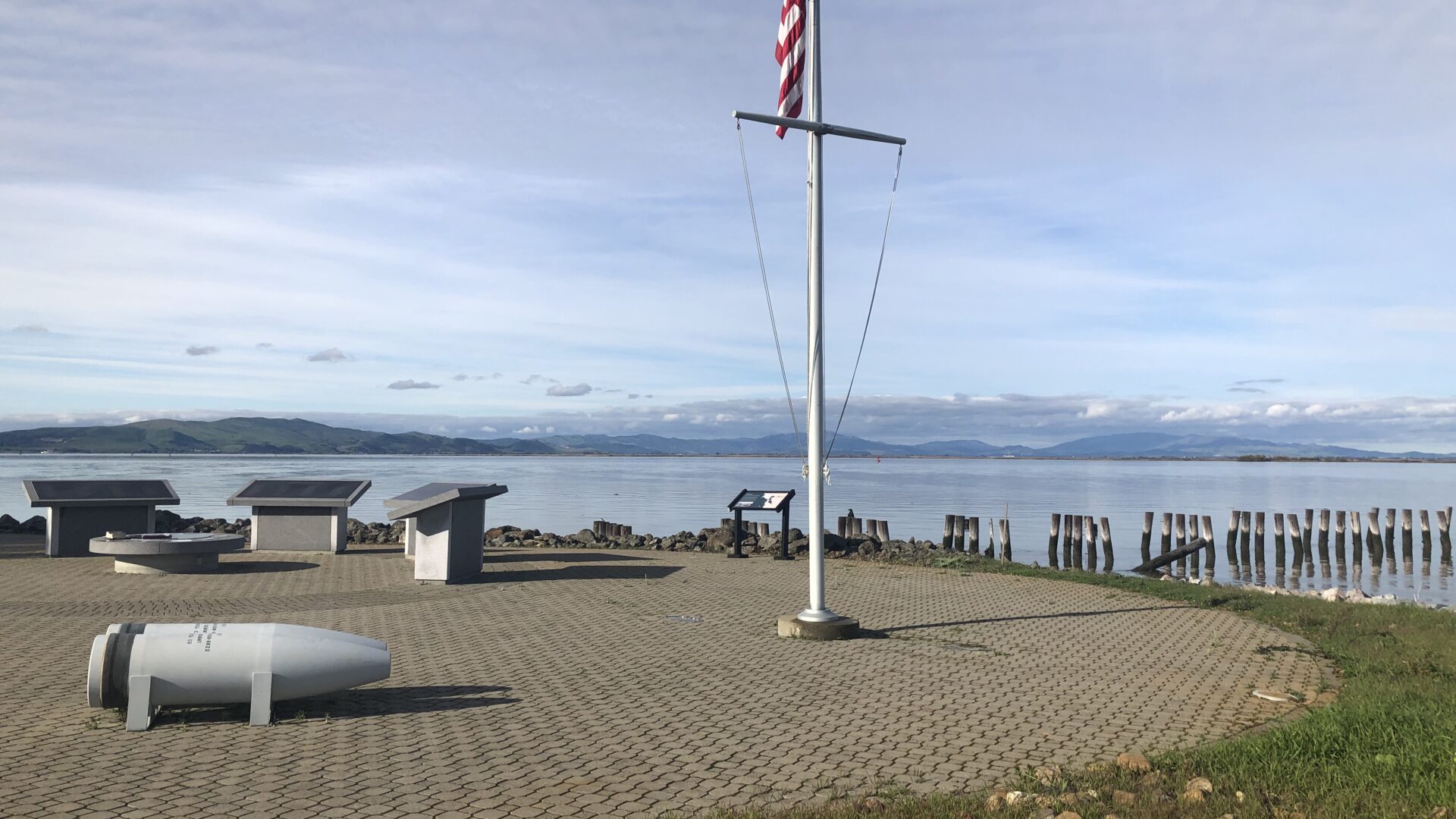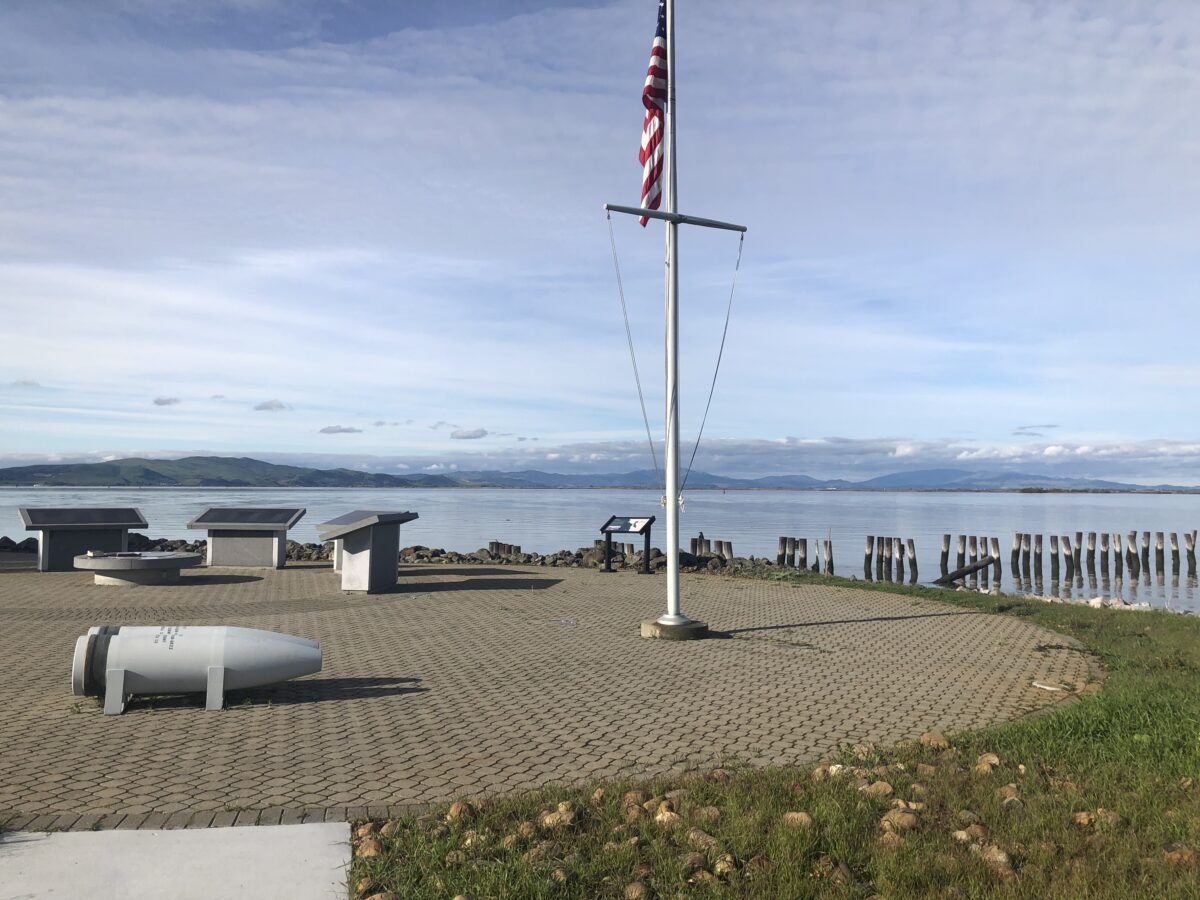Port Chicago Naval Magazine National Memorial
February is Black History Month, a perfect time to reflect on a piece of history that most people aren’t aware of. If we mention “Port Chicago Naval Magazine” or the “Chicago 50” to people, most have absolutely no idea what we are talking about, but this event was instrumental to racial integration in the U.S. military.
The National Park Service preserves this history at Port Chicago Naval Magazine National Memorial in California.
Visiting Port Chicago
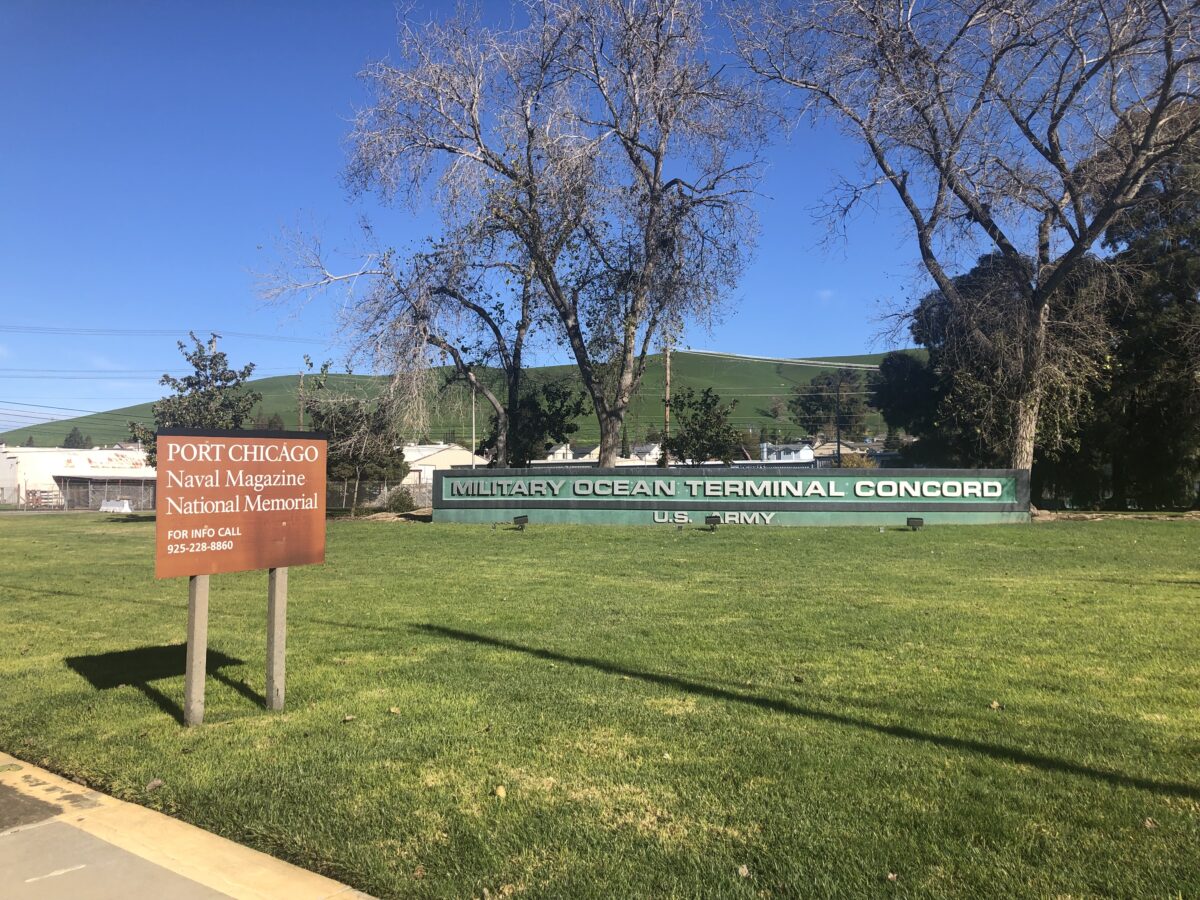
This national memorial gets only about 1,000 visitors per year. It is not all that easy to get to and many of the visitors, like us, are trying to visit all of the national park units. The memorial is on an active military base and visits are limited. In fact, we were pretty lucky to get there. We had scheduled our trip to the San Francisco area around our reservation, but it got cancelled because the military decided to close the base that day and wouldn’t allow any visitors. Luckily we were in the area for a full week and the ranger was able to help us get on the next weekend’s tour.
There is no visitor center. The rangers work out of John Muir House and you take a shuttle bus from there.
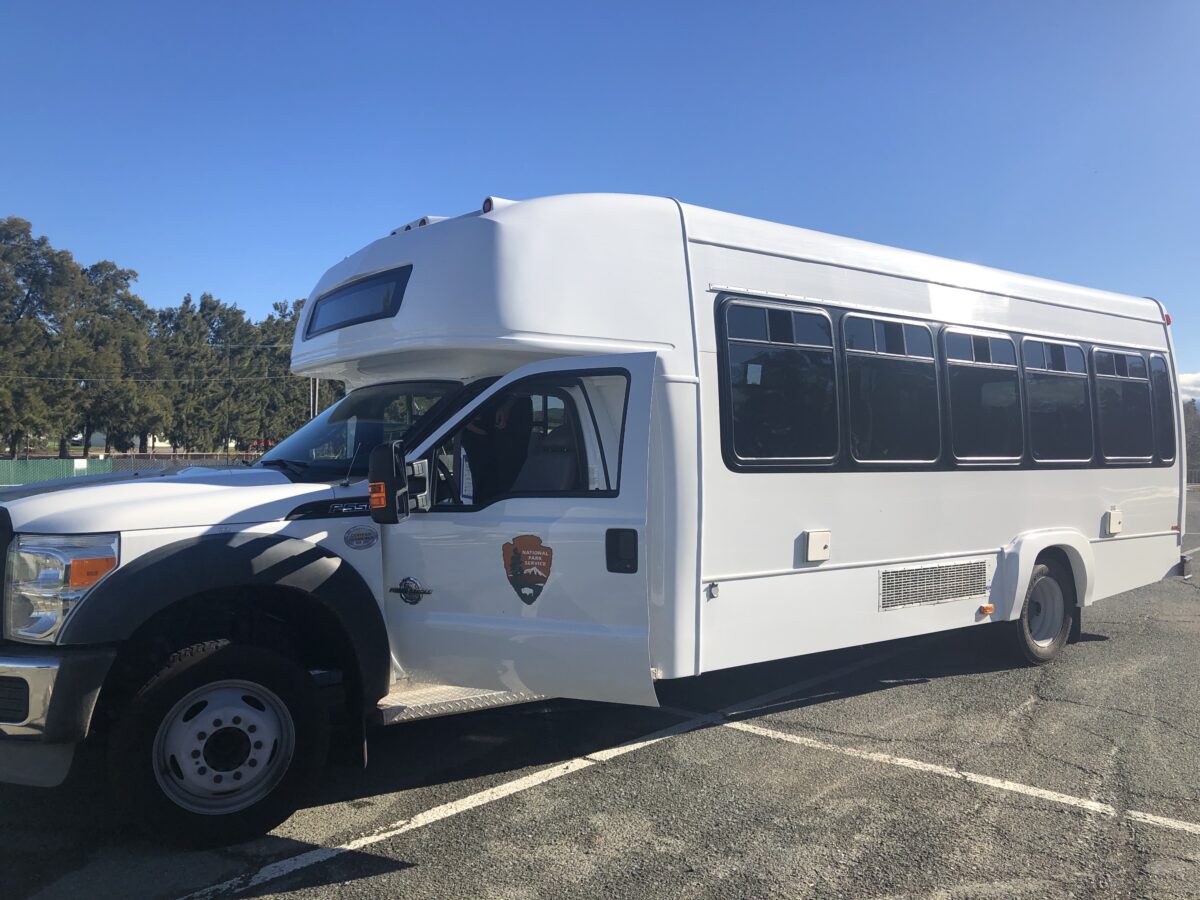
Once you arrive at the army base, you have to go through security clearance before you can continue to the memorial, located on the waterfront. It is a bit of a trek, but really interesting history.
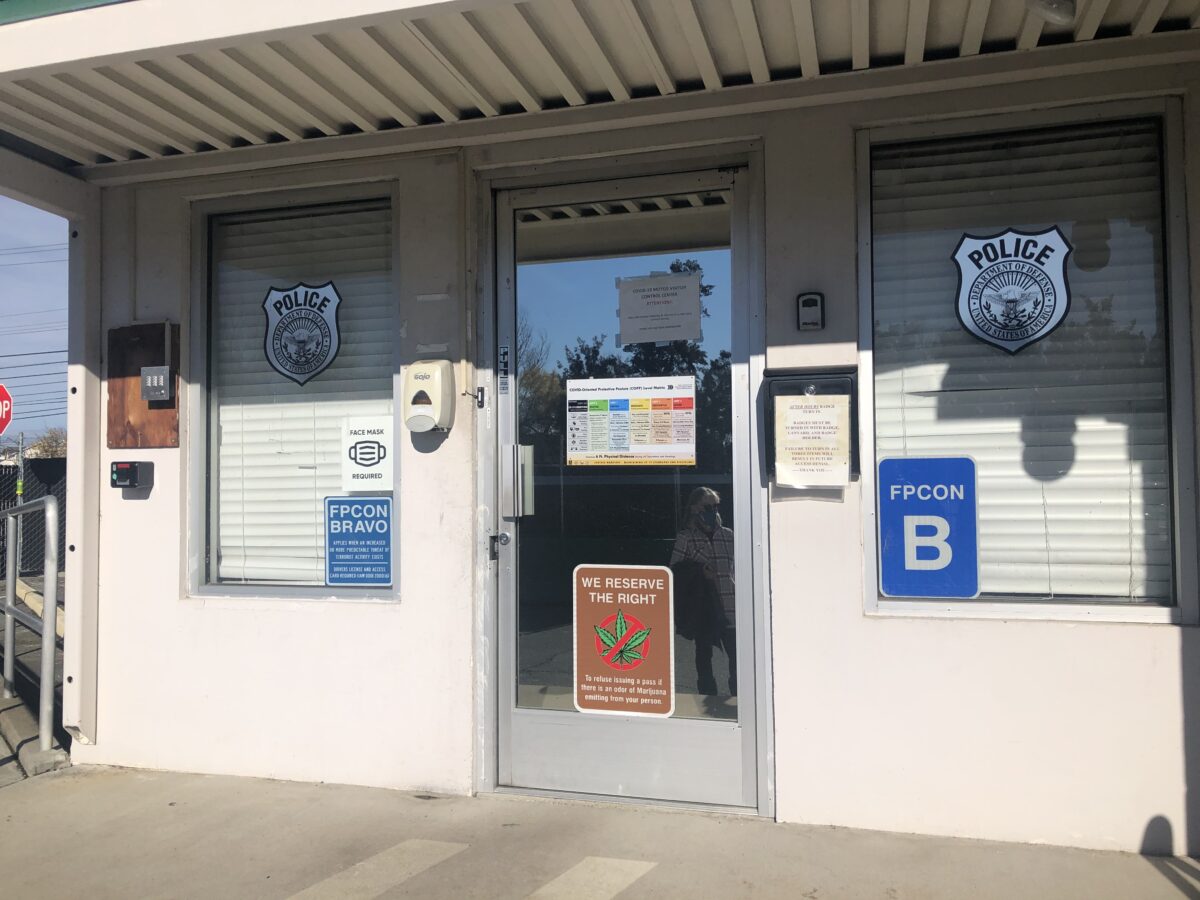
What is Port Chicago Naval Magazine?
Think back to World War II and all the battles in the Pacific that you read about… Something we had never thought about was how all these warships got restocked with ammunition. That’s what happened at Port Chicago. It was here that supply ships were filled with bombs, shells and mines to deliver to support the war effort.
Established east of San Francisco with deep water access and near where the ships were being built in Richmond (see our blog on Rosie the Riveter blog for more on that), Port Chicago was safely located far from any established communities, just in case of disaster. It was here that the railcars arrived from munition factories back east. They were unloaded into grass covered bunkers – revetments – and then the ammunition was reloaded onto smaller rail cars that could be taken out onto the piers and then loaded onto the waiting ships.
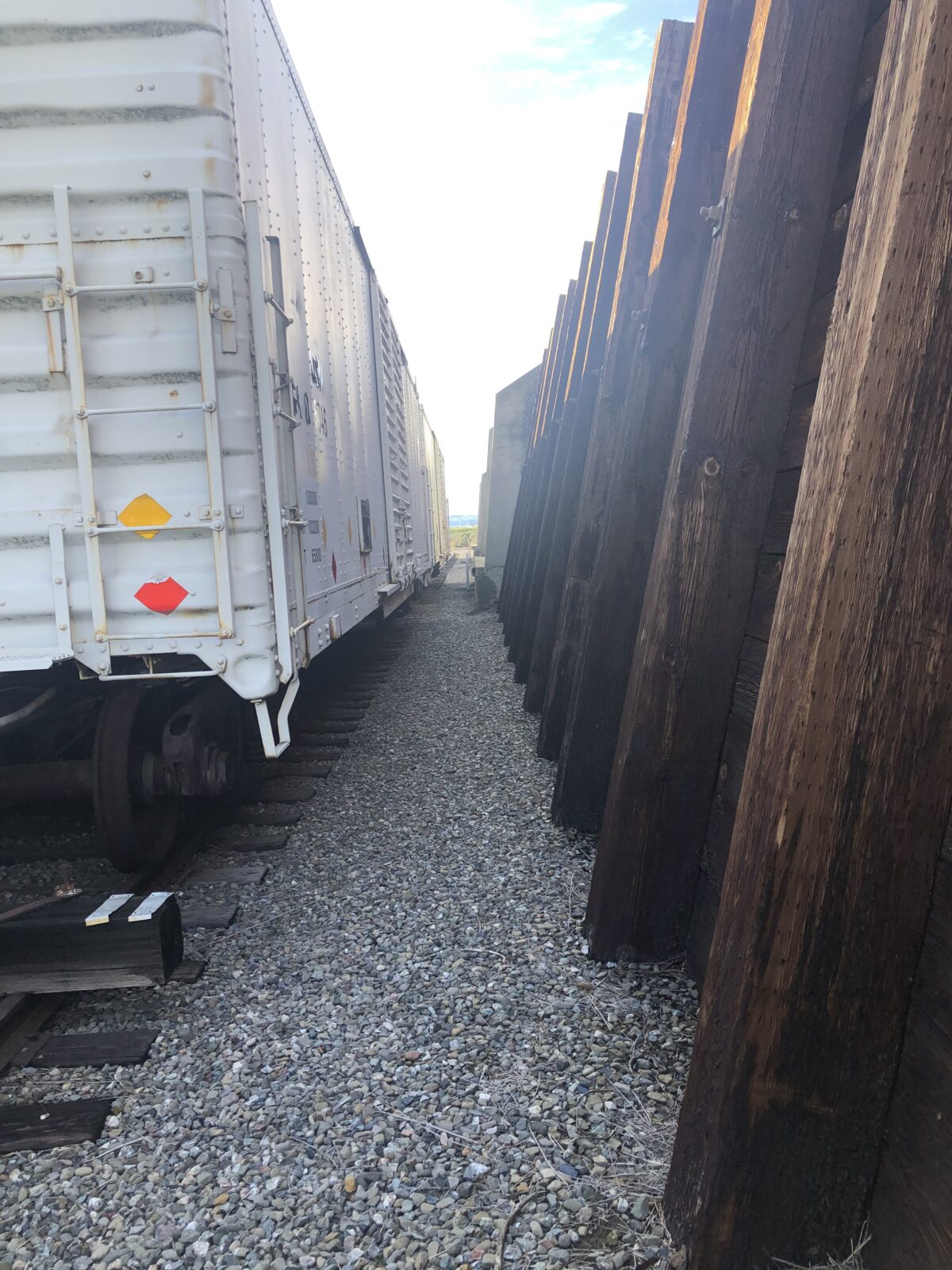
But the real story was who did this and the conditions. At the time, blacks could join the Navy but they weren’t allowed to fight for their country. On board ship, they could work in the galley. On land, they were relegated to one of the most dangerous jobs – loading live ammo. They were given no training on how to handle dangerous ammunition. In fact, they were misled to believe that it was safe because none of the munitions were armed. (Not true.) To make things worse, as the war heated up, the all-white supervisors tried to get their crews to load the ships faster and faster, working 24 hours a day in unsafe conditions.
It was a recipe for disaster.
What happened at Port Chicago?
On July 17, 1944, two ships were in process of being loaded. One nearly full. The other just beginning. No one knows exactly what happened, but at 10:18 pm the area was rocked by an explosion measuring more than 3.4 on the Richter scale! Some 320 men were instantly killed – sailors and civilians – and 400 more were injured, many seriously. In nearby barracks, sailors were thrown out of their bunks, windows shattered and roofs caved in. In the nearby town, the side of a movie theater was blown away. The blast took everyone unawares.
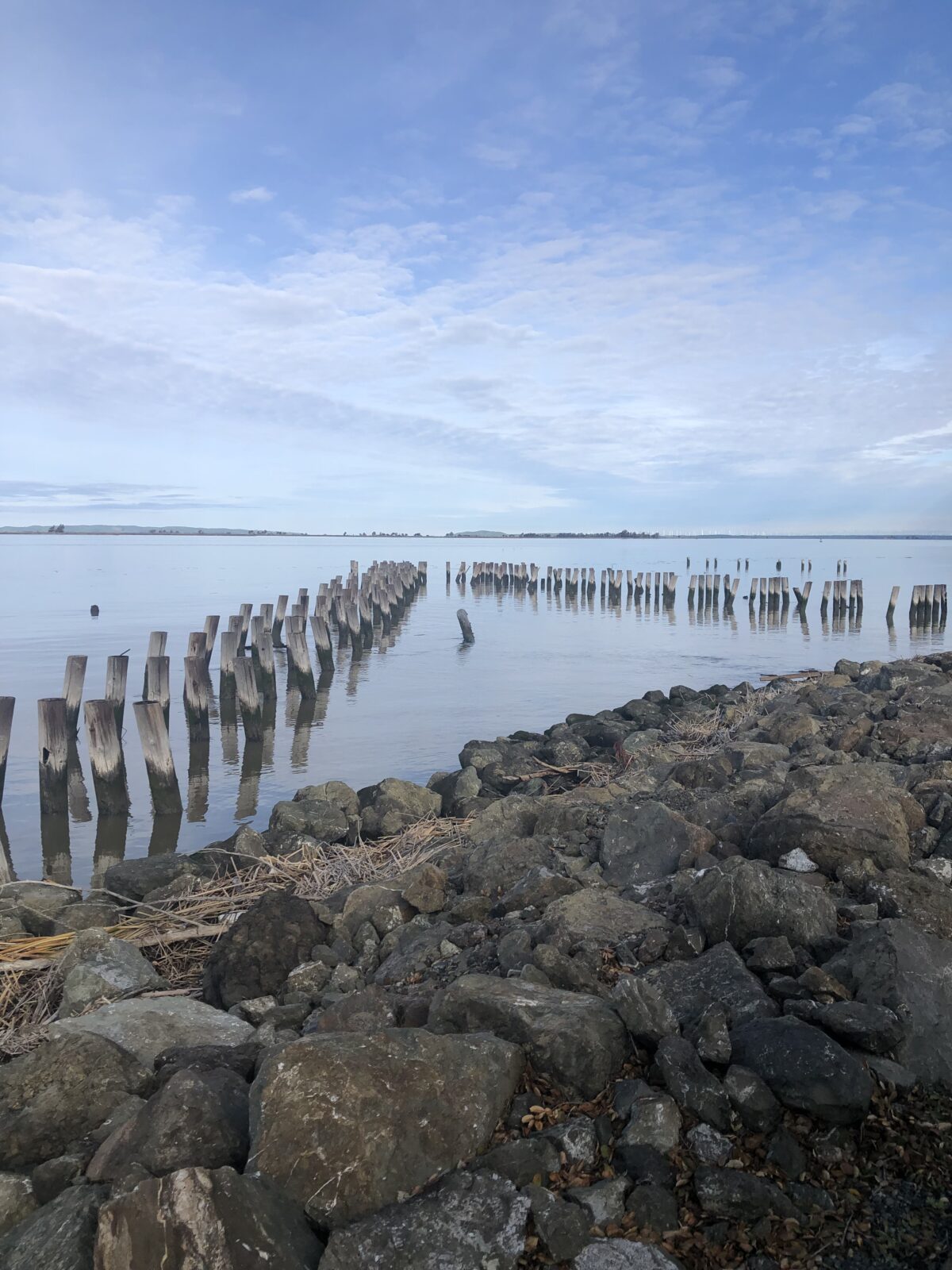
Sailors raced to the piers only to find rubble. The ships were blasted to shreds with fragments thrown hundreds of feet away.
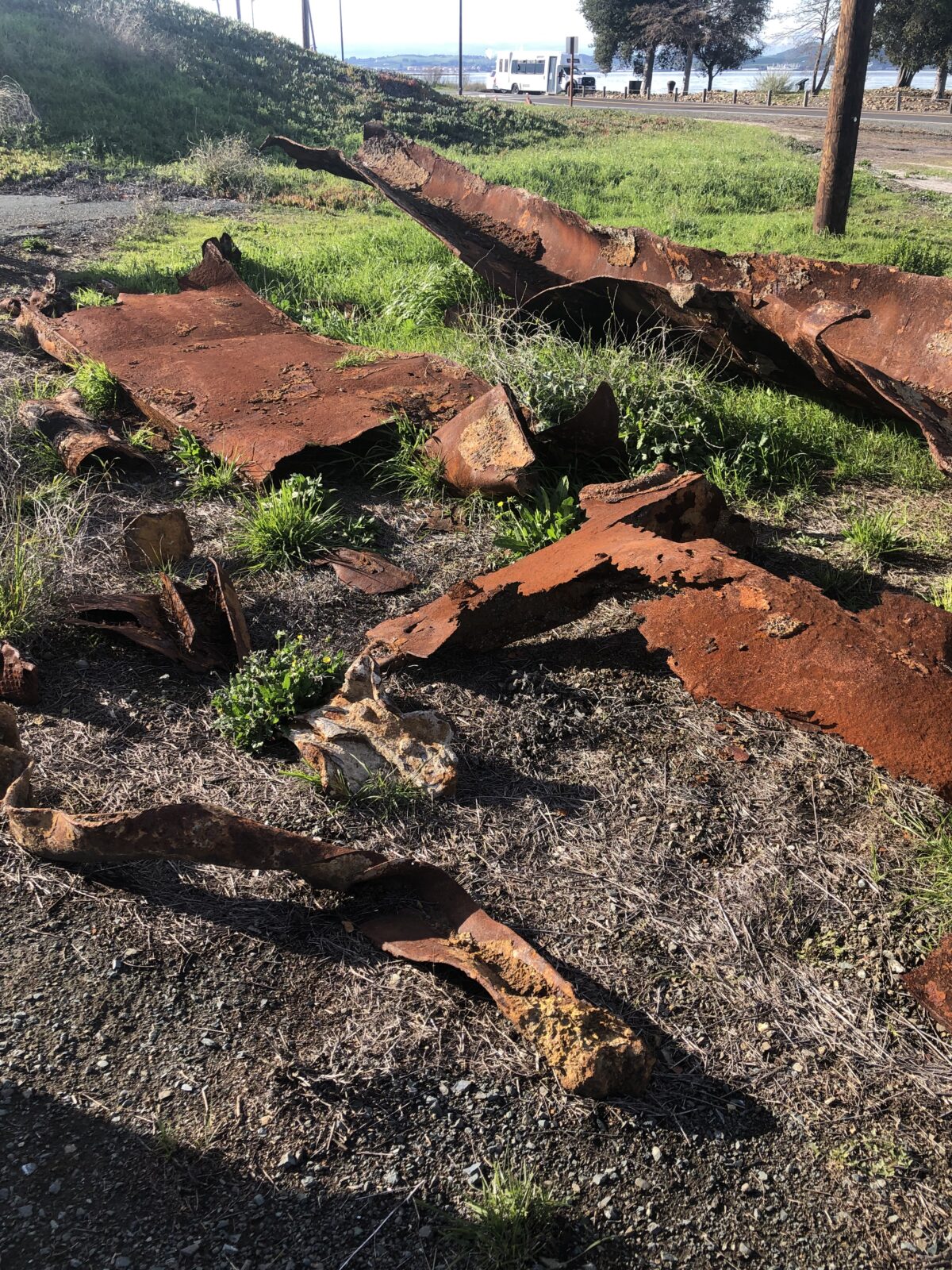
They were put to work, first to see if any of their comrades survived, but later to simply retrieve their remains. Only 50 of the dead were ever identified.
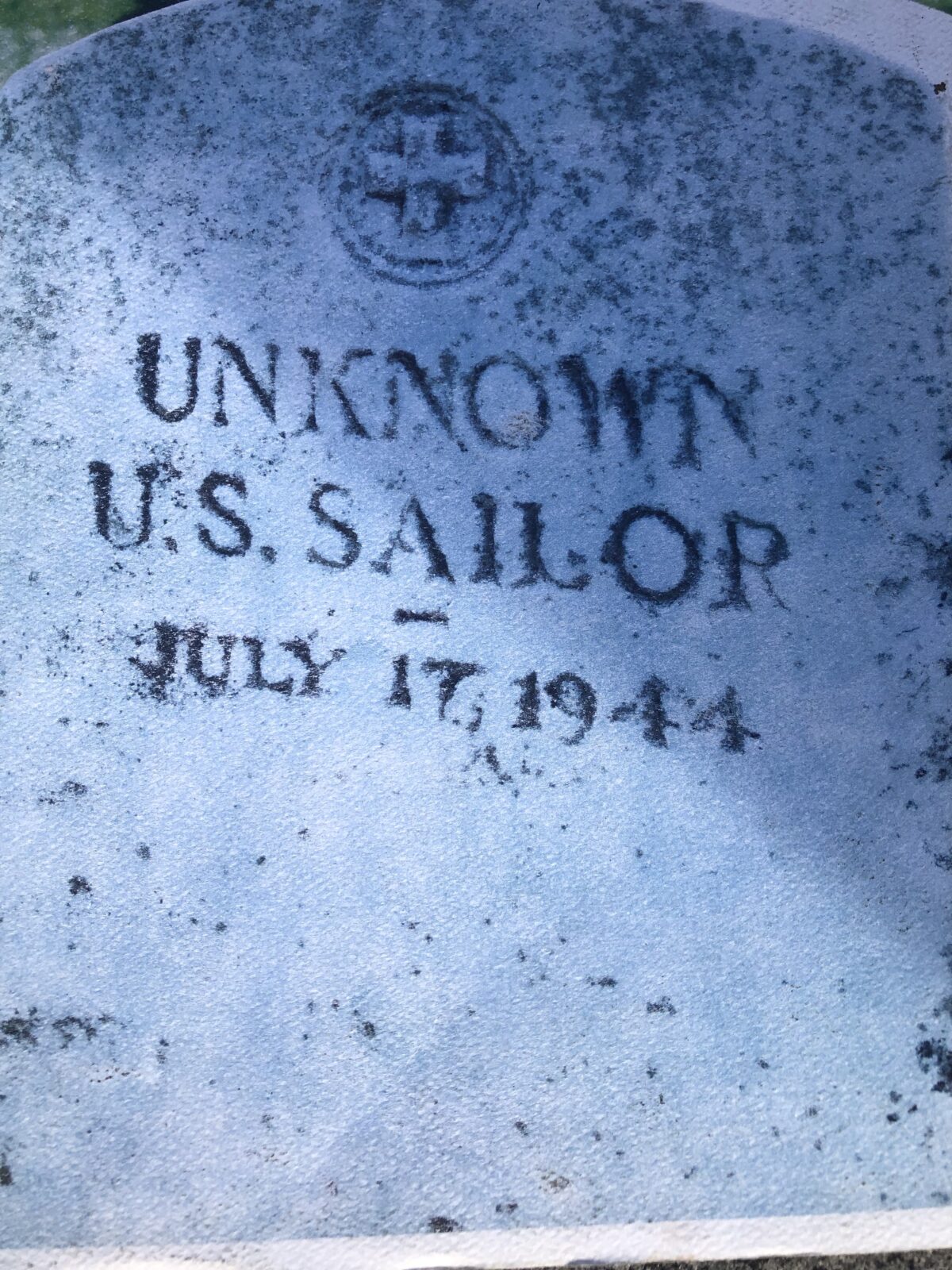
What happened next?
The war went on and ammunition still needed to get to the Pacific. These same sailors who had just seen their friends vaporized, were asked to return to work loading munitions. While they had all realized that this was dangerous work, it was now impossible for them to simply laugh it off and go back to work.
258 men refused. They said they would do anything else for the navy, but they couldn’t do this. Most of these sailors were just kids… many were teenagers who had faked their ages to join up and fight. They were terrified. They would have rather faced the enemy in battle where they would at least have a chance to survive, rather than risk being blown up stateside.
The Navy called this mutiny, punishable by death. Eventually all but 50 of the sailors went back to work, loading ammunition. The “Chicago 50” as they were called, were tried and found guilty, sentenced to hard labor.
Their trial did not go unnoticed. Thurgood Marshall, then a lawyer with the NAACP, caught wind of their trial and could not believe they were found guilty. His lobbying, along with others, eventually led to their release – after the war was over.
More importantly, the Navy began to realize that segregation was an impediment to the war effort and became the first branch of the military to de-segregate. On July 26, 1948, President Harry S. Truman committed the government to integrate all branches of the military.
Dedicated in 1994, 50 years after the event, Port Chicago Naval Magazine National Memorial preserves this history – a turning point in U.S. Civil Rights, years before Rosa Parks, the Freedom Riders and Dr. Martin Luther King Jr.
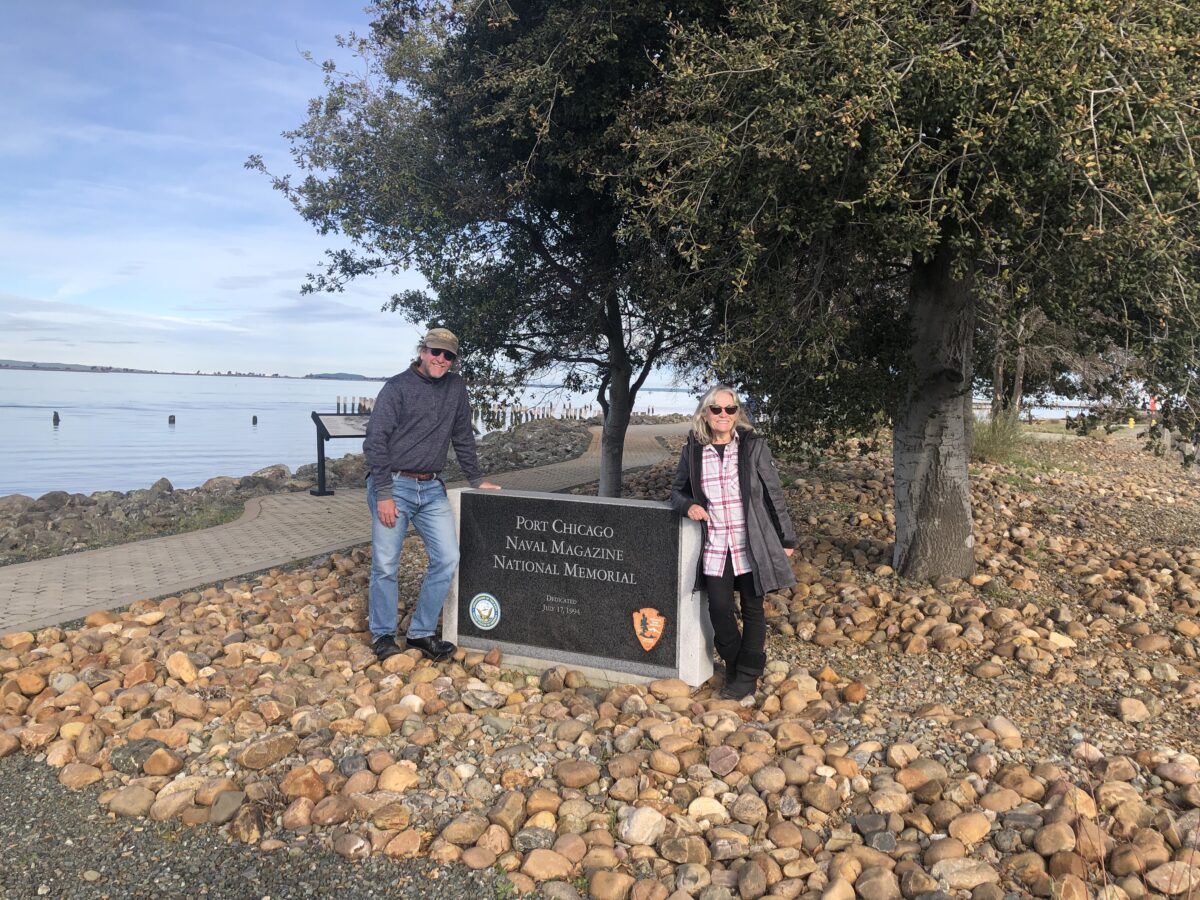
Port Chicago Visitor Center
Right now the only way to experience the memorial and learn about the history is to visit the site, and as we said, this is not so easy. What makes it really come alive is the ranger talk and the photos and recordings. We were excited to hear that the National Park Service has designated a site for a visitor center and hope to have it built in a few years. Over the years, they have interviewed the remaining survivors to preserve their stories, and have collected photos and materials about the site. It will be great to have them be able to share this with more than 1,000 people per year!
Are you trying to visit all the National Parks?
If your goal is to visit them, one or all, we’d love to help you strategize. Give us a call at (480) 609-3978 or drop us a note here. We love to meet and talk with people who share our passion for visiting National Parks and National Park Units. If you are looking for ideas or just want to talk about your experiences, we would be delighted to hear from you.
#FindYourPark
#SeeAmericaFirst
